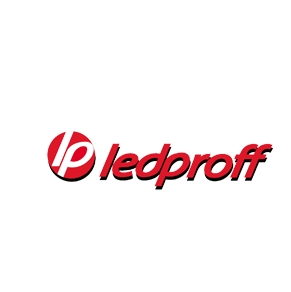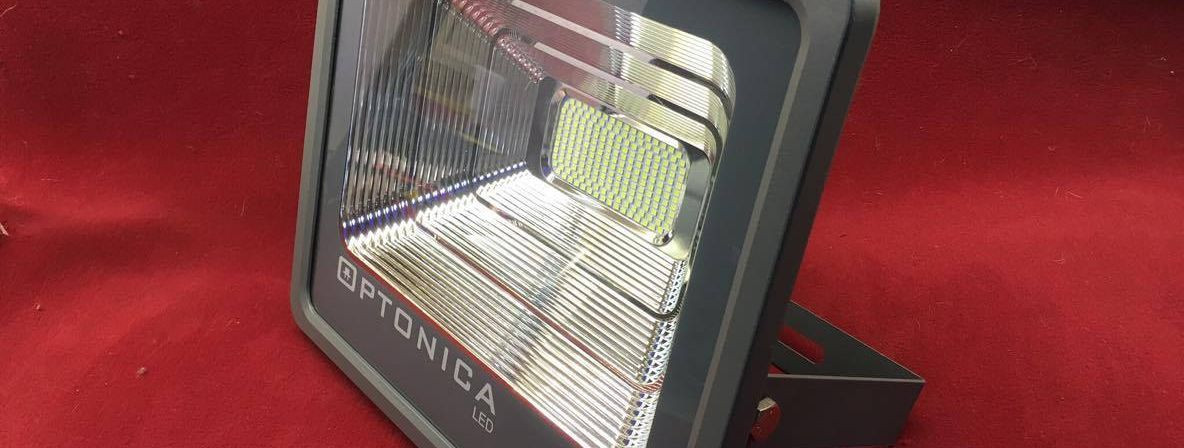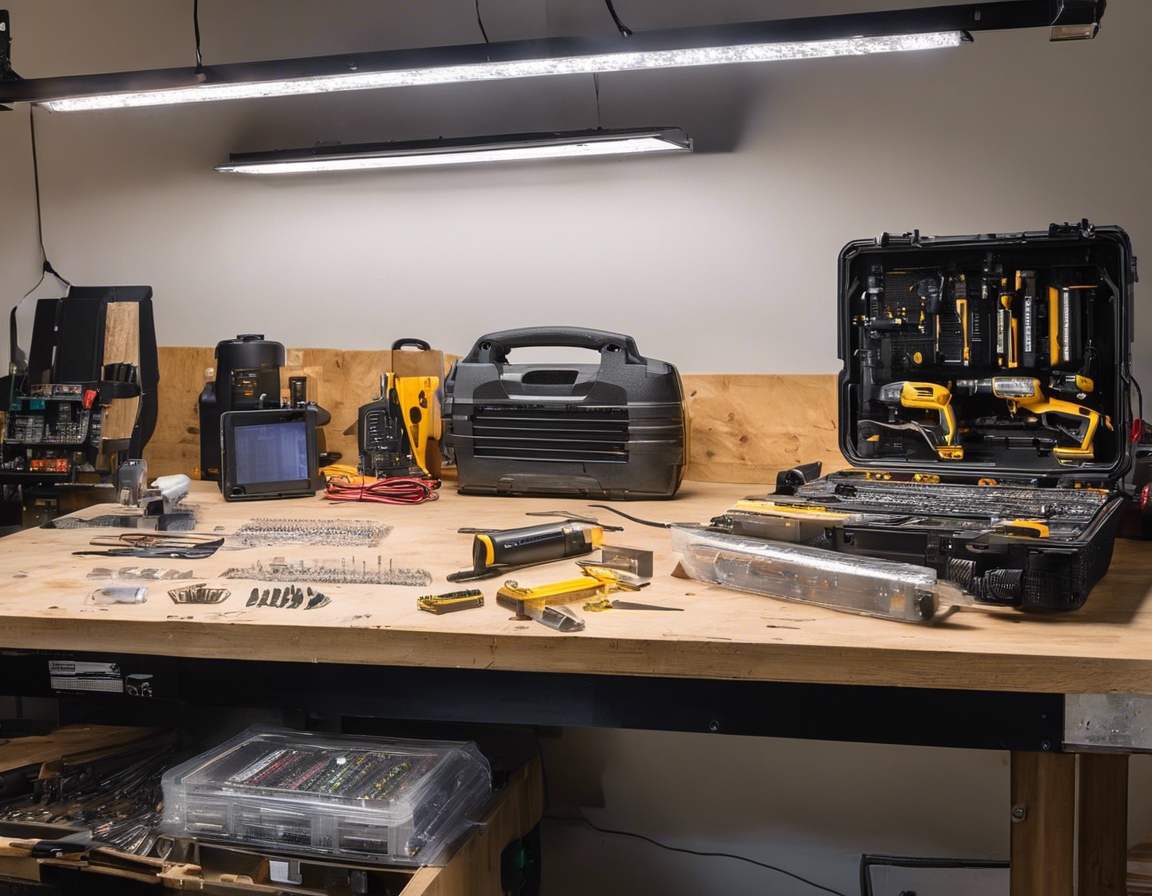5 ways led lighting can cut your energy bills
As energy costs continue to rise, homeowners and businesses are seeking ways to reduce their energy bills without compromising on quality or functionality. LED lighting has emerged as a leading solution in the quest for energy efficiency. In this post, we'll explore five key ways that LED lighting can help cut your energy bills, providing both immediate and long-term savings.
1. Lower Power Consumption
LEDs, or Light Emitting Diodes, are designed to use energy more efficiently than traditional incandescent or fluorescent bulbs. They convert a higher percentage of electricity into light, which means less energy is wasted as heat. This efficient energy conversion results in significant power savings, especially when scaled across an entire property.
By switching to LED lighting, you can expect to see a noticeable decrease in your energy bills. LEDs consume up to 80% less energy than traditional bulbs, which translates to substantial cost savings over time. For large commercial or industrial spaces, the reduction in energy consumption can lead to thousands of dollars saved annually.
2. Longer Lifespan Reduces Replacement Costs
LED lights are renowned for their longevity. They can last up to 25 times longer than incandescent bulbs and about three times longer than CFLs (Compact Fluorescent Lamps). This extended lifespan means fewer replacements, which not only saves money but also reduces the inconvenience and labor associated with changing out bulbs.
While the initial investment in LED lighting may be higher than traditional lighting options, the long-term savings are undeniable. The reduced frequency of replacements leads to lower ongoing maintenance costs, further cutting down your energy bills and contributing to a lower total cost of ownership.
3. Less Heat Emission Lowers Cooling Expenses
Unlike incandescent bulbs, which release 90% of their energy as heat, LEDs emit very little heat. This characteristic not only makes LEDs safer to the touch but also impacts your cooling expenses. In environments where air conditioning is used, the reduced heat output from LEDs can lead to lower cooling costs.
By minimizing the heat contribution from lighting, LEDs help maintain a cooler environment, reducing the workload on air conditioning systems. This can result in significant savings during the warmer months, particularly in regions with high temperatures or in buildings with large lighting installations.
4. Smart Lighting and Automation
Modern LED lighting can be easily integrated with smart home and building management systems. This allows for advanced control over lighting, including dimming, scheduling, and occupancy sensing. By optimizing lighting usage based on actual needs, you can achieve further reductions in energy consumption.
Automation features such as motion sensors and timers ensure that lights are on only when needed, eliminating unnecessary energy use. Smart LEDs can also adjust to natural light levels, providing the right amount of illumination while maximizing energy savings.
5. Rebates and Incentives for LED Adoption
Many governments and utility companies offer rebates and incentives to encourage the adoption of energy-efficient LED lighting. These programs can offset the initial cost of switching to LEDs, making it an even more attractive investment.
When considering the switch to LED lighting, it's important to factor in available rebates and incentives. These financial benefits can significantly reduce the payback period for your investment, leading to quicker realization of energy savings on your bills.






Comments (0)